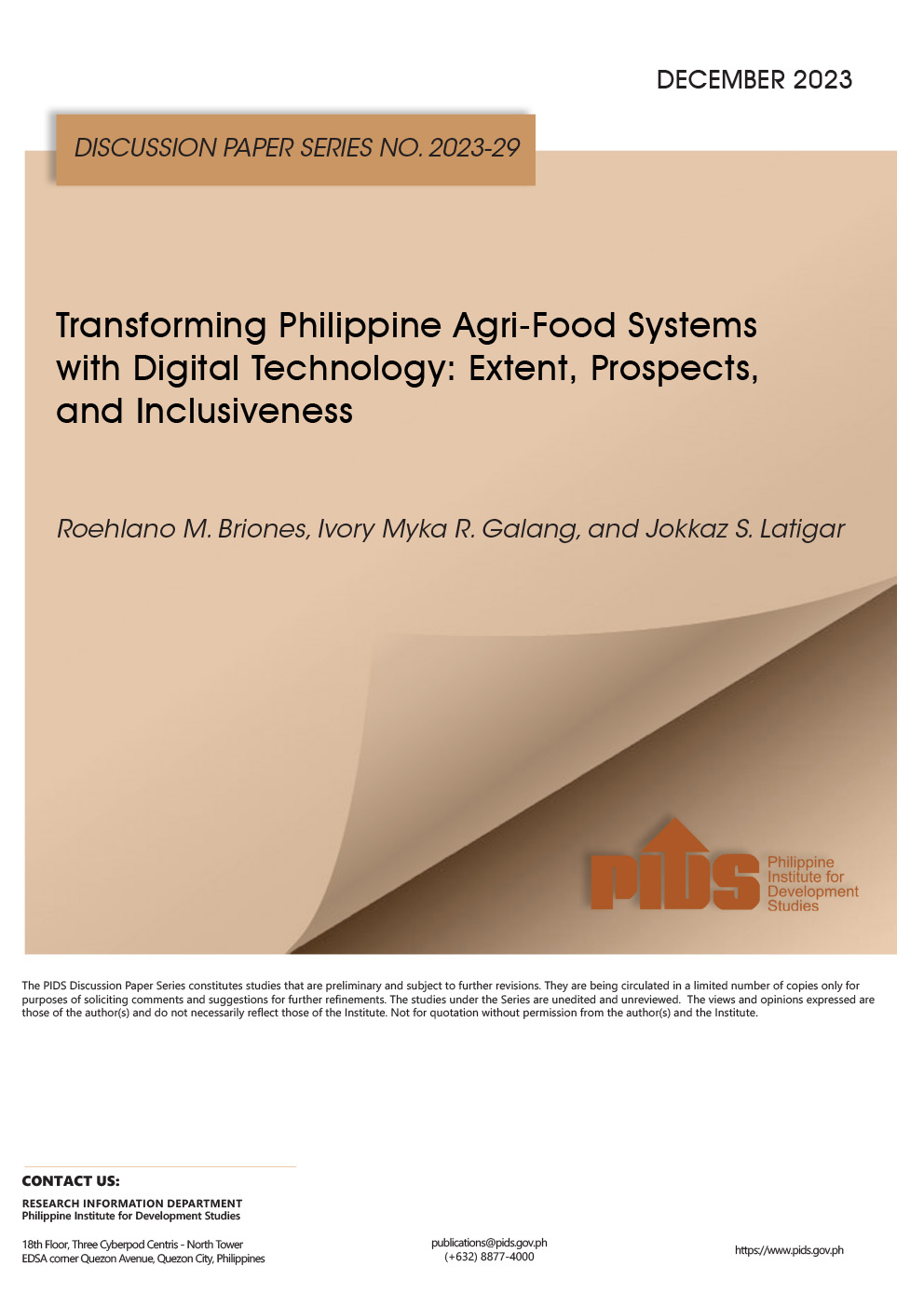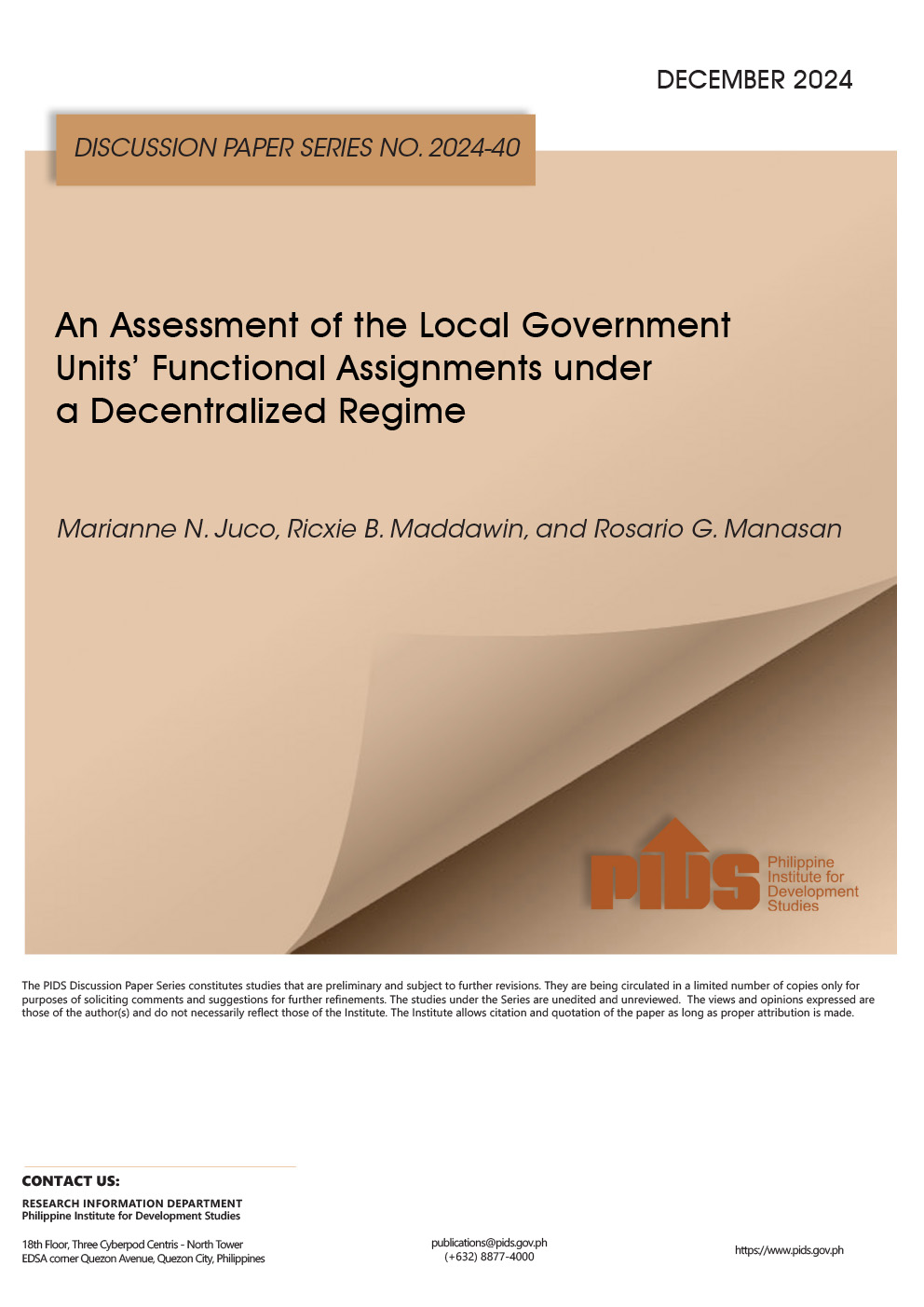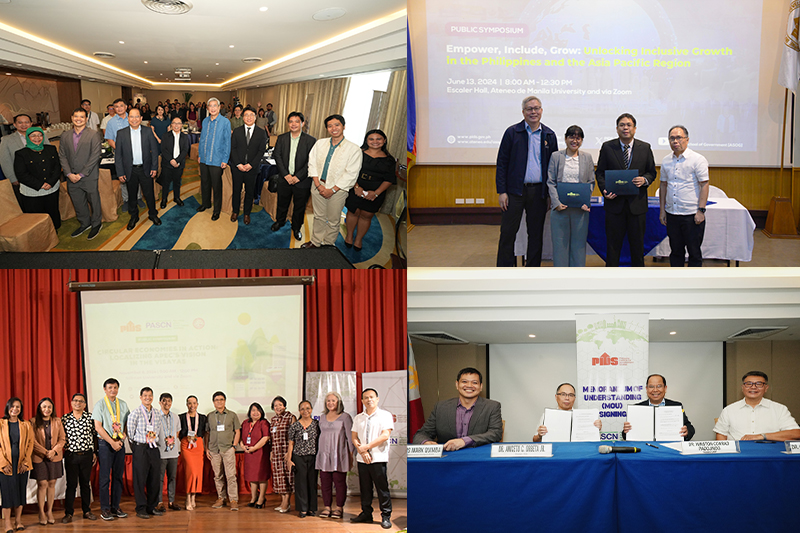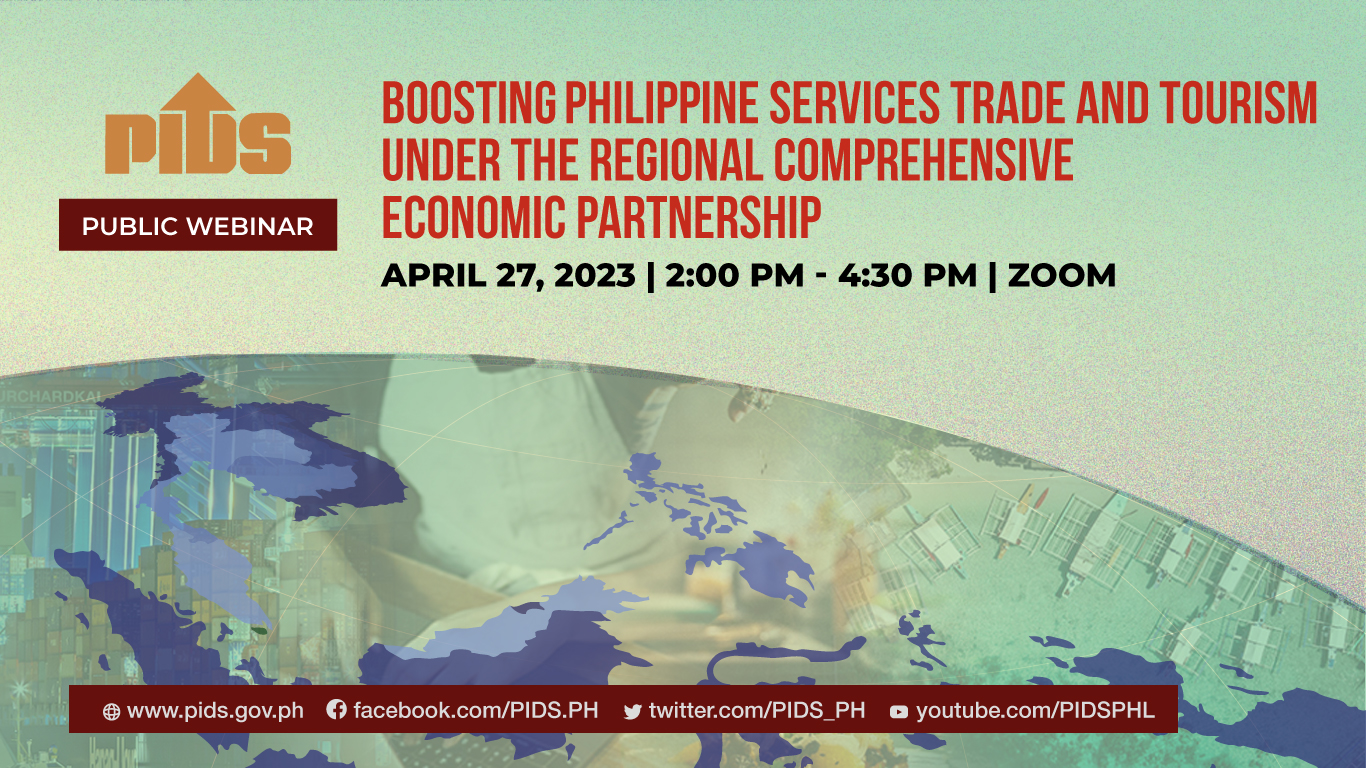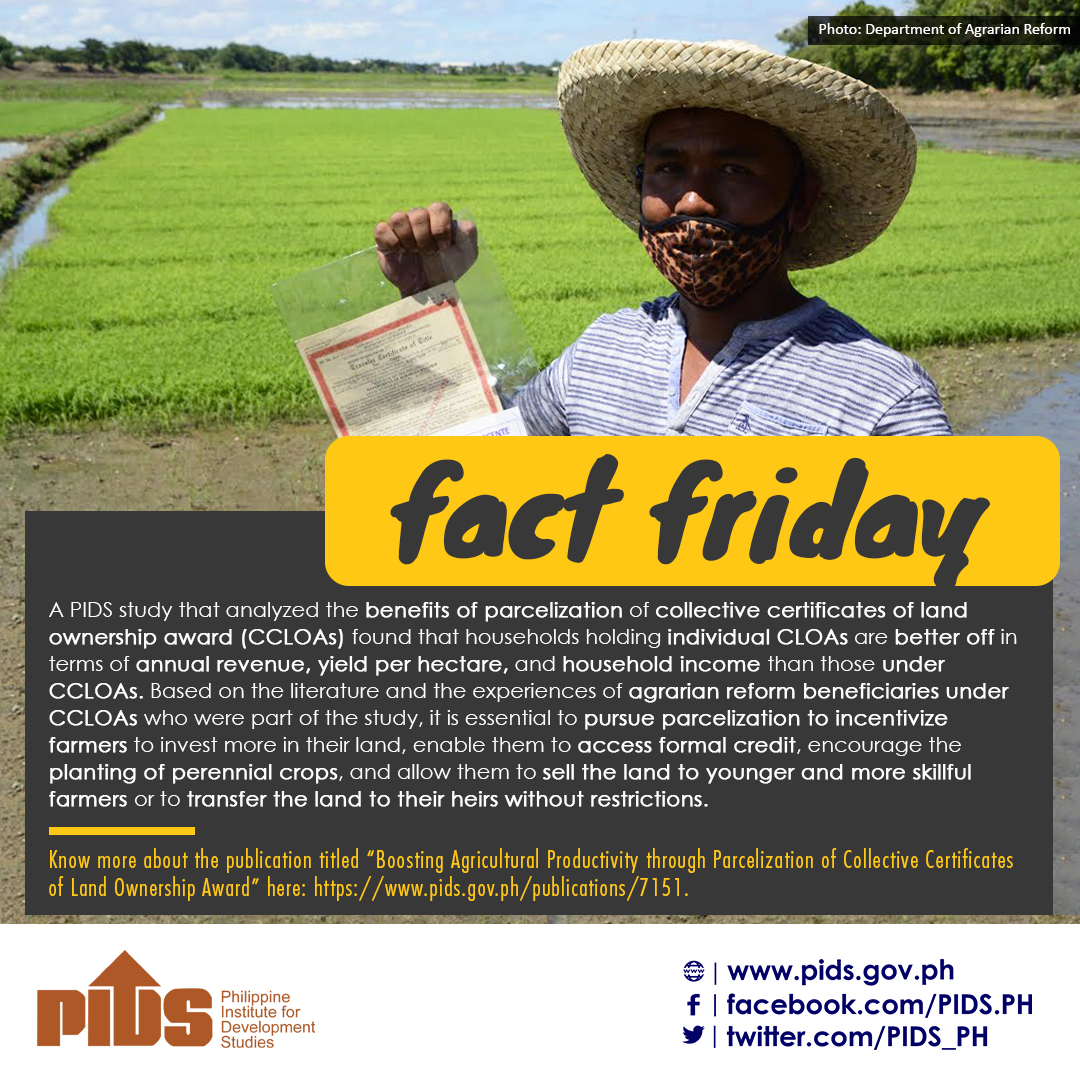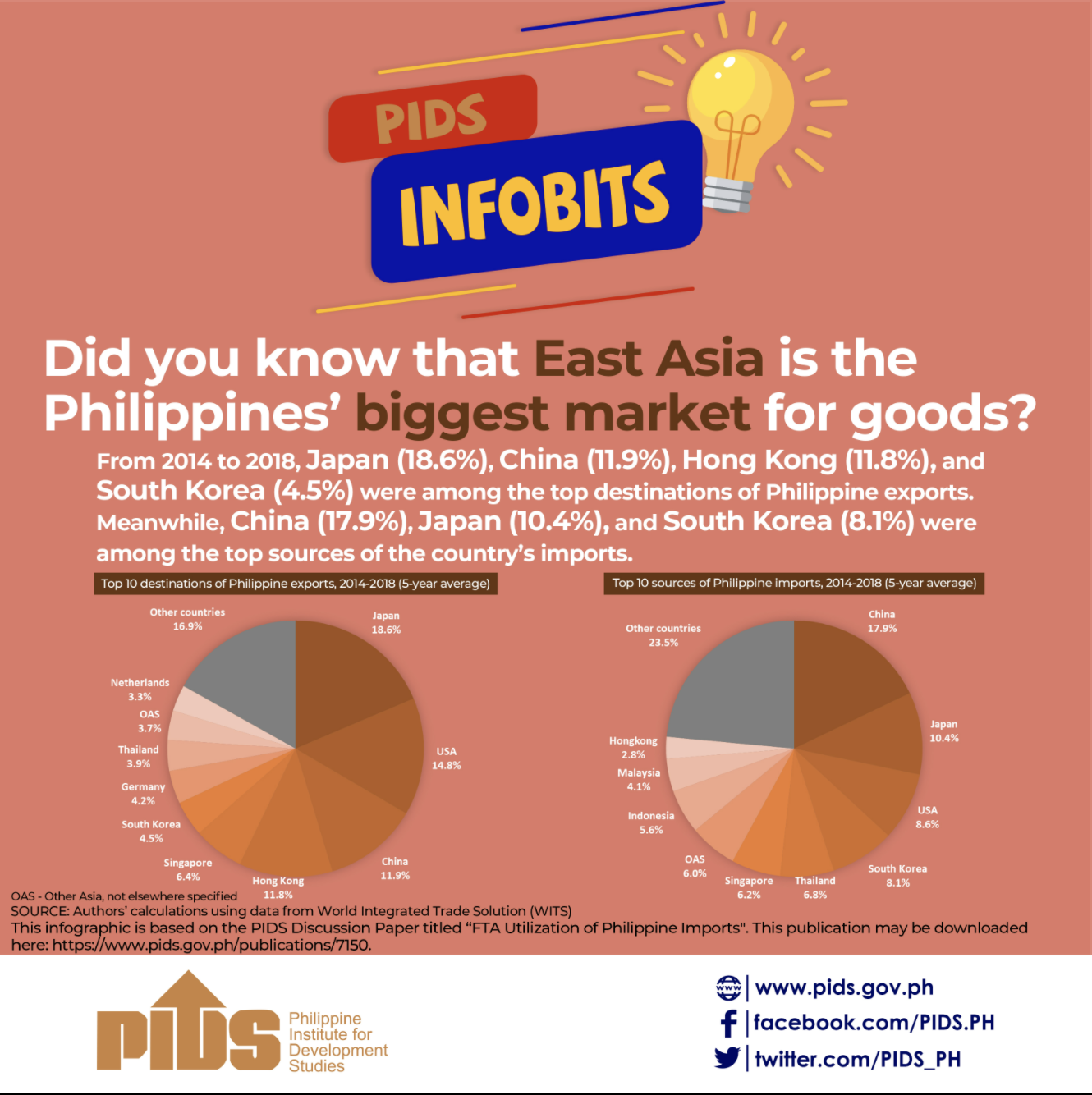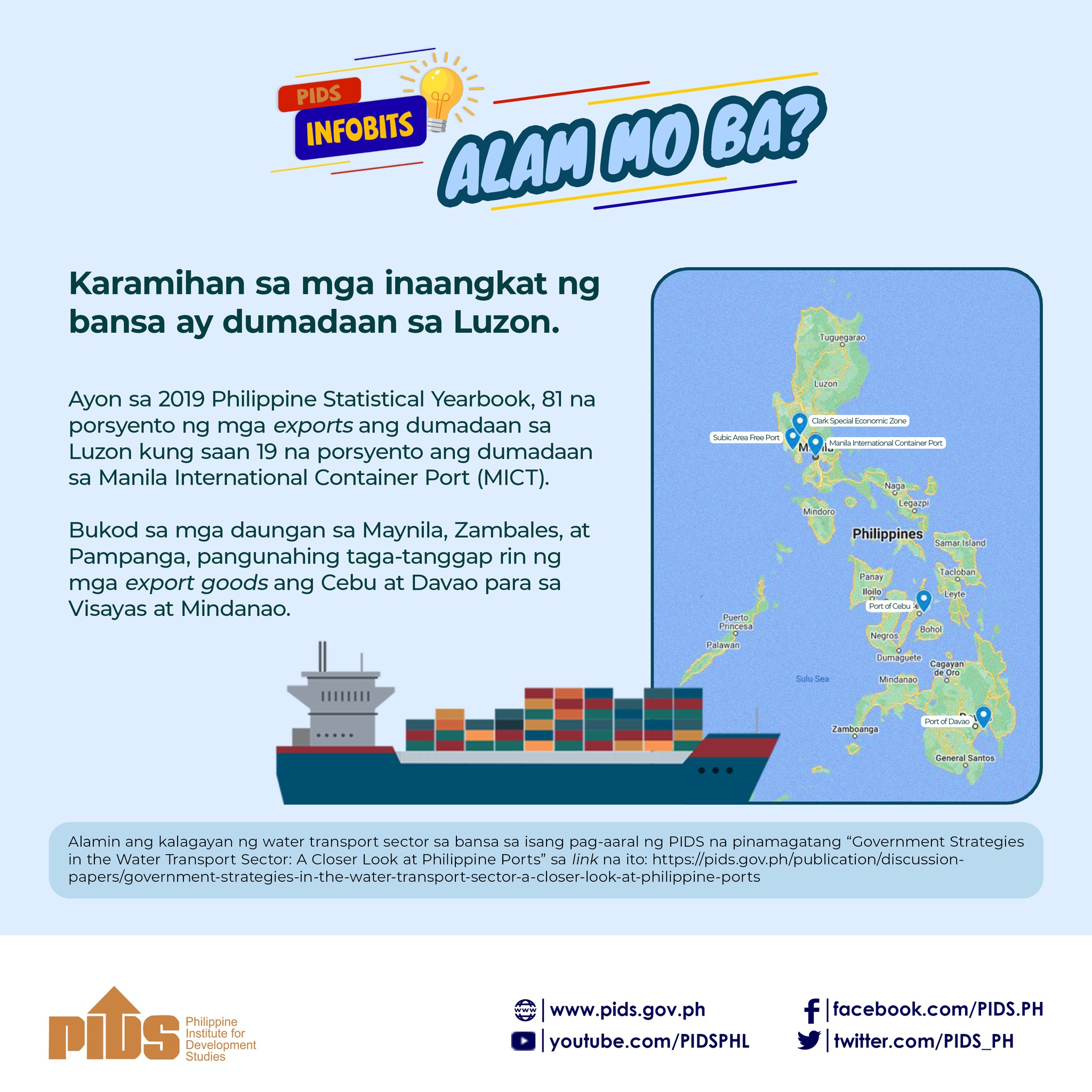MANILA, Philippines - Several agricultural products have emerged as major beneficiaries of the Japan-Philippines Economic Partnership Agreement (JPEPA), a comprehensive bilateral trade and investment agreement between the two countries.
The Philippine Institute for Development Studies (PIDS) noted the huge surge in exports of fresh bananas following the implementation of the JPEPA.
"Beyond market access, the Philippines will benefit from training and the transfer of technology and skills as well as the opportunity for institution building and domestic reforms,” the PIDS said.
The JPEPA covers 7,476 tariff lines of Philippine exports, 93 percent of which are industrial goods, with the rest consisting of agricultural products.
According to the provisions of the JPEPA, tariffs on 5,994 product lines or around 85 percent of these goods were scheduled for immediate elimination when the agreement became effective in 2008.
Increasing East Asian economic integration compelled the country to enter into bilateral and regional free trade agreements (FTAs) to overcome barriers to trade.
The Regional Comprehensive Economic Partnership (RCEP) is poised to be the world’s biggest trading block, covering 40 percent of world trade, the PIDS said.
As a region-wide FTA, it holds great promise for stronger economic cooperation by achieving robust trade and investment flows.
It is estimated that the value of trade between the Philippines and RCEP members is $60 billion.
However, for the country to maximize the potential of RCEP, it has to address the impediments that have continued to stall the country’s growth: low utilization of FTAs, narrow fiscal space, inadequate infrastructure, and weak investor confidence,the PIDS noted.
FTAs generally call for market access and investment liberalization but they can also be instruments to increase competitiveness enabling the country to compete better in the global economy.
Another FTA in the offing is the United States-led Trans-Pacific Partnership (TPP).
Currently at an advanced stage of negotiations, this trade alliance is envisioned to serve as a vehicle for Asia-Pacific-wide integration, representing more than 658 million people and a combined gross domestic product of $20.5 trillion or 26 percent of global trade.
With its Asia-Pacific coverage, TPP aims for wider and deeper free trade scope encompassing investments, goods, and services.
The PIDS said the Philippines stands to gain from the TPP, particularly in increasing its exports or defending its market share. However, an issue that the Philippines should address both with the RCEP and the TPP is its ability to realize the benefits and manage the costs from these agreements.//

